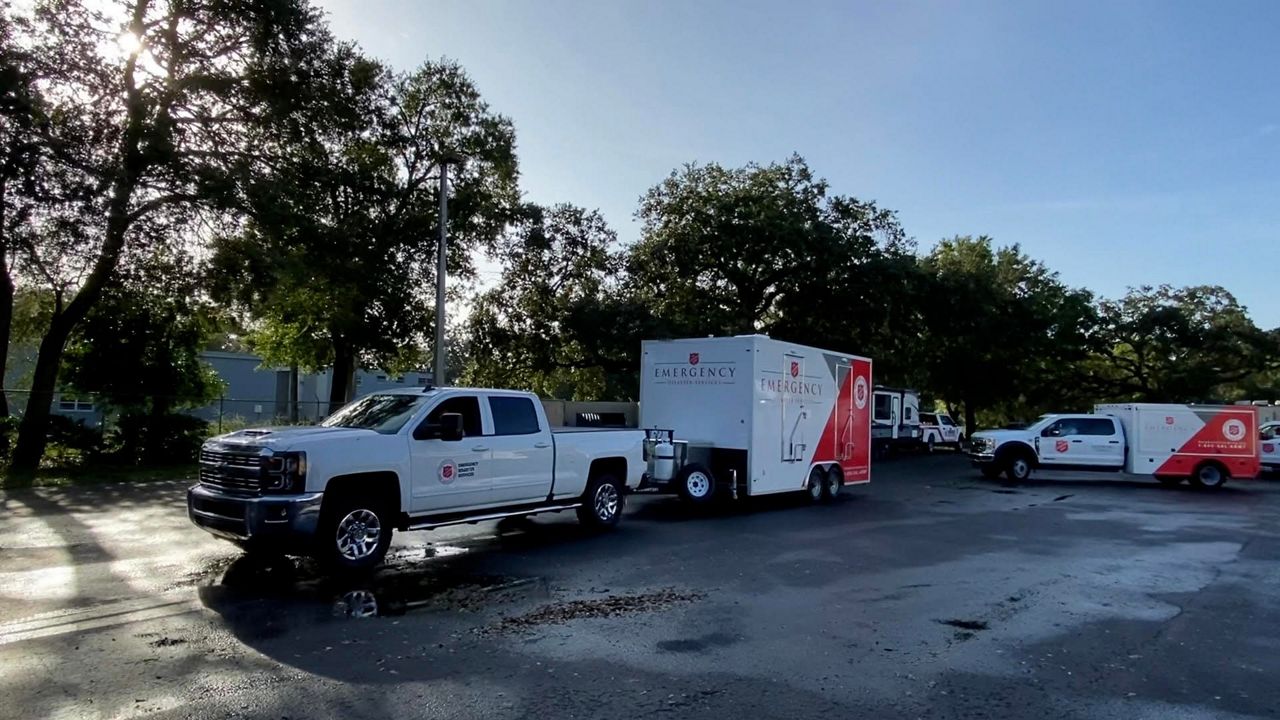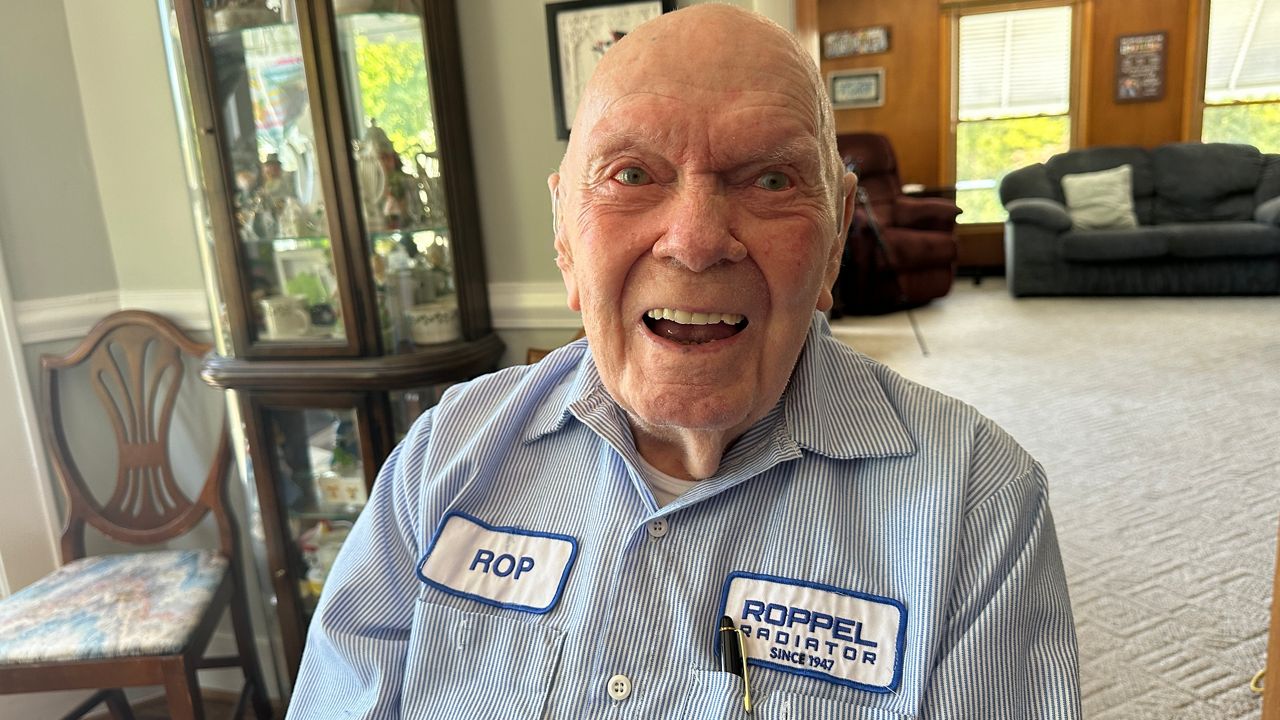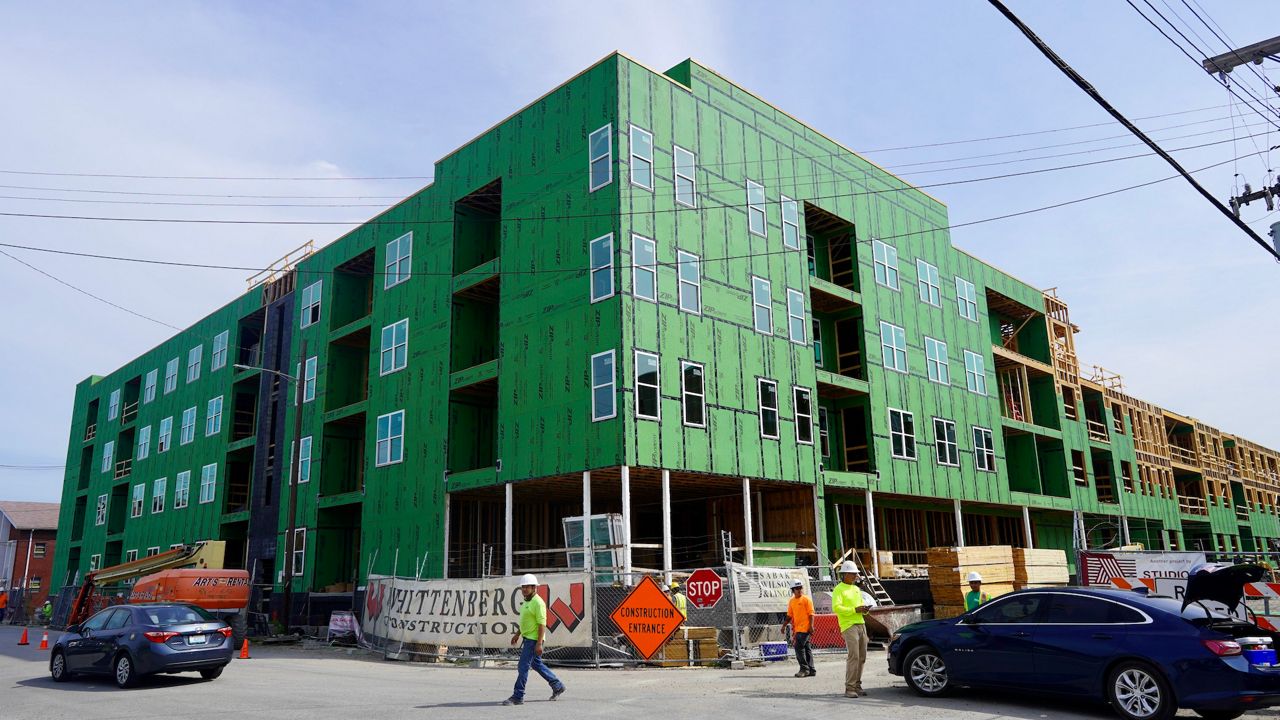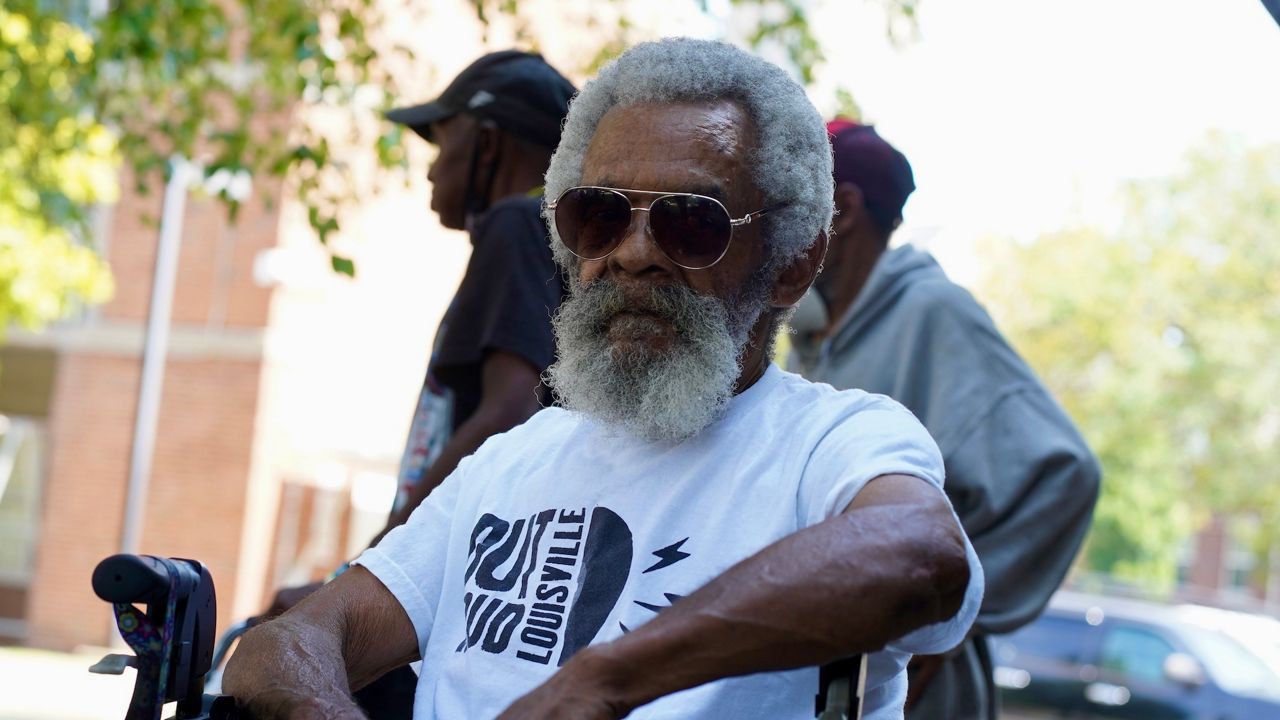LOUISVILLE, Ky. — School choice is on the ballot this November with Amendment 2, which would amend Kentucky’s constitution to allow the legislature to give financial support to students to attend nonpublic schools. The Kentucky Center for Economic Policy recently released a report on the possible consequences of a private school voucher program, with Arizona being mentioned for reference.
Arizona became the first state to enact an Education Savings Account program in 2011. The program in Arizona is called an Empowerment Scholarship Account. It allows qualified students to use state tax dollars to pay for things like private school tuition, tutoring services and technology used for educational purposes.
When the program first launched, there were specific categories that students had to fall under to qualify. They included students who lived on Indian reservations, foster children and special education students.
The Autism Academy for Education & Development is a network of private schools in Arizona that accepts ESAs.
“Whatever they (the students) receive usually pays for full funding and so the parents don’t have to come out of pocket and most of the time the parents have additional funds left over that they can use for therapies or other things,” said Laura Newcomb, the founder of the Autism Academy.
It costs more than $30,000 for students to attend in-person. The average amount of money that students with autism receive from ESAs is between $30,000 to $43,000. Without ESAs, some students might not be able to attend.
“We’re able to put them in areas where they’re at their level that they’re working, that we give them all of their speech and OT’s (Occupational Therapy) integrated in and so what’s nice about that is it’s a specialized program just for autism,” Newcomb said.
In 2022, the ESA program was expanded, making every Arizona school-age student eligible. Students without a disability can get between $4,000 to $9,000. The expansion has led to some issues.
“Because there’s so many people using it, it’s become very cumbersome and so it’s harder now for the funding to come through on time,” Newcomb said.
The report by the Kentucky Center for Economic Policy says private school vouchers could have an impact on Kentucky.
Private school voucher programs use public funding expended by school districts to give families money in the form of a voucher that pays for a portion or all of the tuition for a private school.
According to the report, Arizona is spending over $1 billion annually on its ESA program. If Amendment 2 passes in November and Kentucky were to implement a program like Arizona’s, the report says that would result in an almost $600 million reduction in total public school budgets.
“Over 50% of these private schools are in northern Kentucky, Lexington and Louisville and we provide money to those private schools, it only means that more than likely you’re going to redirect money from our smallest, poorest, rural communities and it’s going to go into the areas that are already the wealthiest communities,” said Paul Green, the superintendent of Carter County Schools.
Arizona’s estimated cumulative savings of its ESA program is more than $41 million, according to a report by the EdChoice Fiscal Research and Education Center, a group that supports school choice programs.
The National Center for Education Statistics has reported higher average scores in private schools compared to public schools.
“If the money is working, if it is educating students, that should be the focus,” said Jim Waters, the president of the Bluegrass Institute for Public Policy Solutions, who supports Amendment 2.
However, unlike public schools, private schools can turn students away.
“You can pick the kids you want and, you know, if we say, ‘O.K. you can come to our private school. You’ve got a voucher and you must meet a certain criteria in order to come here,’ then I guarantee you that you can manipulate that and you can make those numbers grow and you can have great outcomes,” Green said.
Private school voucher and ESA programs are among some of the school choice programs that legislators could consider in next year’s legislative session if Amendment 2 passes.










